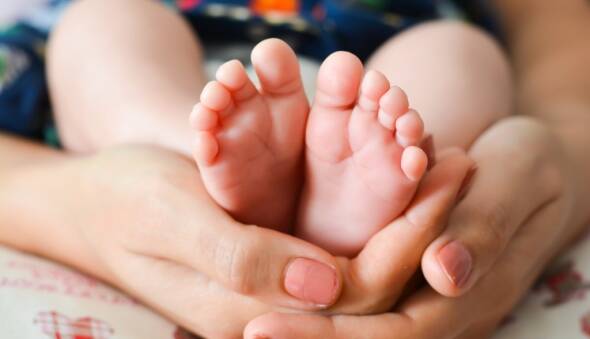It has been 5 years since Dr. Robert Edwards’ landmark contribution to reproductive medicine was recognized with the 2010 Nobel Prize in Medicine, and a great time to reflect on how in vitro fertilization (IVF) has evolved from those early days to the present and also try to catch a glimpse of the future.
As with most new discoveries, the pioneers of this technology were first to experience the challenges of the fledgling treatment. Back then IVF was more risky and less predictable. Almost 40 years of optimizing in vitro fertilization has nearly eliminated the barriers to safe and effective IVF for many patients, and over 5 million babies have been born. As the science evolved, it became clear that the most significant medical issues were (1) how to prevent and control ovarian hyperstimulation syndrome; (2) how to limit the number of embryos transferred while maintaining a reasonable pregnancy rate, and (3) how to determine which embryos are most likely to achieve a healthy pregnancy.
The good news is that the future of IVF is actually today. The risk of Ovarian hyperstimulation syndrome (OHSS) has been reduced dramatically. OHSS occurs when the ovaries have over responded to the medications and patients experience vomiting, dehydration, and fluid accumulation in their abdomen or chest requiring additional treatment such as removal of the fluid and/or close monitoring of electrolytes and hydration status. It also increases the risk of blood clots in some severe circumstances. Today, only 1% of patients undergoing ovarian stimulation with injectable gonadotropins experience severe ovarian hyperstimulation. An experienced fertility specialist will be able to prevent overstimulation and plan ovulation medications to prevent OHSS from developing. It is now quite rare to have OHSS, even for egg donors, making this process much more safe and predictable even for patients with higher risk of OHSS.
One of the more vexing challenges facing fertility specialists was determining how many embryos to transfer. This challenge can be characterized as a a very simple equation. More embryos equals a greater chance or pregnancy (good), but a higher chance of multiple gestations (less good, and—if you look at the statistics—bad). In the past it was very tempting to transfer more than 1 embryo because the chance of any 1 embryo resulting in a pregnancy was much lower. It is now clear that allowing embryos to develop in culture to day 5 in development or blastocyst stage, the pregnancy rates are much higher. In the past embryos were transferred on day 3 of development, and it was much harder to know which one had a good chance of implanting. Thus, it was routine to transfer multiple embryos at this stage. Today, it is routine in our laboratories to allow embryos to develop to the blastocyst stage, and there are an array of technologies available to assess the reproductive potential of these embryos. Choosing a single embryo in this manner has resulted in much higher pregnancy rates while minimizing the chance of twins, triplets, or more!
Unfortunately IVF does not always result in pregnancy even when a perfect blastocyst is transferred because there are other factors that determine its viability. Blastocysts may look very similar under the microscope but genetic factors that cause poor development after transfer or miscarriages are not readily seen with the naked eye. Up to 1/3 of pregnancies that result end in biochemical losses or spontaneous miscarriages. While there are many underlying reasons, a significant proportion of these losses are due to genetic imbalances that can now be detected through embryo biopsy and genetic testing. More importantly, time to having a baby is a special consideration for patients struggling with infertility. Technology is now available to choose the best embryos that will help lessen the time to a successful live birth. Selection of the best embryos by genetic testing should be offered to all couples doing IVF and will soon be the standard of care in the future because it increases the pregnancy rate and lowers the chances of miscarriage.
